Home>Furniture & Design>Outdoor Furniture>How To Prevent Outdoor Furniture From Rusting
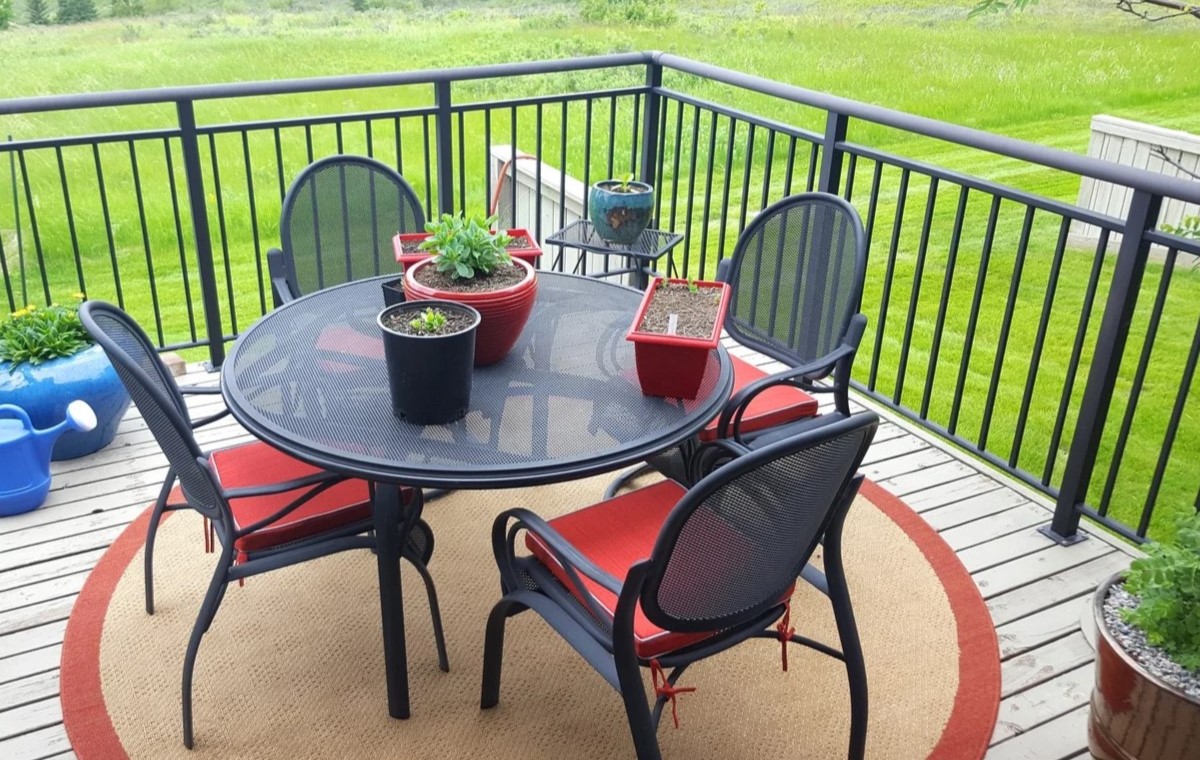

Outdoor Furniture
How To Prevent Outdoor Furniture From Rusting
Modified: October 20, 2024
Learn effective tips to prevent outdoor furniture from rusting. Protect your outdoor furniture investment with our expert advice. Keep your outdoor furniture looking great for years to come.
(Many of the links in this article redirect to a specific reviewed product. Your purchase of these products through affiliate links helps to generate commission for Storables.com, at no extra cost. Learn more)
Introduction
When it comes to creating an inviting and comfortable outdoor living space, investing in high-quality furniture is essential. Outdoor furniture not only adds functionality to your exterior areas but also serves as an expression of your personal style and enhances the overall ambiance of your outdoor oasis. However, one of the most common challenges that outdoor furniture owners face is the persistent threat of rust. Rust not only detracts from the aesthetic appeal of your furniture but can also compromise its structural integrity over time, leading to potential safety hazards.
In this comprehensive guide, we will delve into the various strategies and best practices for preventing outdoor furniture from rusting. By understanding the underlying causes of rust, selecting rust-resistant materials, implementing regular cleaning and maintenance routines, utilizing protective covers, applying rust inhibitors, and knowing how to properly store furniture during harsh weather conditions, you can effectively safeguard your outdoor furniture investment and prolong its lifespan.
So, whether you are a seasoned outdoor furniture enthusiast or a newcomer looking to furnish your outdoor space, this guide will equip you with the knowledge and insights needed to keep your outdoor furniture looking pristine and rust-free for years to come. Let's embark on this journey to preserve the beauty and functionality of your outdoor furniture while enjoying the great outdoors to the fullest.
Key Takeaways:
- Choose rust-resistant materials like aluminum, stainless steel, and synthetic wicker to prevent outdoor furniture from rusting. Regular cleaning, protective covers, and rust inhibitors are essential for maintaining furniture longevity.
- Proper storage during harsh weather, such as using indoor storage or elevating furniture off the ground, can significantly reduce the risk of rust formation on outdoor furniture. Integrating these preventive strategies ensures long-lasting outdoor furniture.
Read more: How To Remove Rust From Outdoor Furniture
Understanding the Causes of Rust
Rust is the result of a natural chemical process known as oxidation, which occurs when metal is exposed to oxygen and moisture. Understanding the specific factors that contribute to rust formation is crucial for devising effective prevention strategies. Here are the primary causes of rust on outdoor furniture:
- Moisture: The presence of moisture, whether from rain, humidity, or water exposure, accelerates the oxidation process, leading to the formation of rust on metal surfaces.
- Oxygen: Oxygen plays a key role in the chemical reaction that causes metal to rust. When metal is exposed to oxygen for extended periods, it undergoes oxidation, resulting in the formation of rust.
- Corrosive Substances: Exposure to corrosive substances, such as salt and certain chemicals, can expedite the rusting process, particularly in coastal or industrial environments.
- Scratches and Damage: Any scratches, dents, or chipped paint on metal surfaces create vulnerable areas where moisture and oxygen can penetrate, accelerating rust formation.
- Poor Drainage: Furniture that is situated in areas with inadequate drainage or prolonged exposure to standing water is more susceptible to rust due to the prolonged presence of moisture.
By recognizing these underlying causes, you can take proactive measures to mitigate the impact of these factors and effectively prevent rust from compromising the integrity and appearance of your outdoor furniture.
Choosing Rust-Resistant Materials
When selecting outdoor furniture, opting for materials that are inherently resistant to rust is a fundamental step in ensuring the longevity and durability of your investment. Here are some popular rust-resistant materials to consider:
- Aluminum: Renowned for its exceptional resistance to rust and corrosion, aluminum is a popular choice for outdoor furniture. Its lightweight nature, durability, and low maintenance requirements make it an ideal option for various outdoor settings.
- Stainless Steel: Recognized for its robustness and ability to withstand harsh outdoor conditions, stainless steel is highly resistant to rust, making it a suitable choice for outdoor furniture, particularly in coastal areas where salt exposure is a concern.
- Powder-Coated Steel: Steel furniture that is coated with a layer of rust-resistant powder provides enhanced protection against rust formation. The powder coating acts as a barrier, shielding the metal from moisture and oxygen, thereby reducing the risk of rust.
- Synthetic Wicker: Wicker furniture crafted from synthetic materials, such as resin wicker, offers excellent resistance to rust and decay. This versatile and stylish option is well-suited for outdoor use, requiring minimal maintenance to preserve its appearance.
- Teak and Cedar: While not metal-based, natural wood options like teak and cedar are naturally resistant to decay and rot, making them viable choices for outdoor furniture. Properly sealed and maintained, these wooden pieces can withstand outdoor elements and remain free from rust-related issues.
By prioritizing furniture constructed from these rust-resistant materials, you can significantly reduce the risk of rust formation and enjoy the peace of mind that comes with durable, weather-resistant outdoor furniture.
Regular Cleaning and Maintenance
Implementing a consistent cleaning and maintenance regimen is essential for preserving the condition of your outdoor furniture and preventing the onset of rust. Here are some key practices to incorporate into your routine:
- Regular Cleaning: Periodically clean your outdoor furniture using a mild detergent and water to remove dirt, grime, and any potential corrosive substances that may have accumulated on the surfaces. For metal furniture, avoid abrasive cleaners that can scratch the protective finishes, leaving them susceptible to rust.
- Routine Inspections: Conduct routine inspections of your furniture to identify any signs of wear, damage, or areas where protective coatings may be compromised. Promptly addressing these issues can prevent rust from taking hold and extend the lifespan of your furniture.
- Applying Protective Coatings: Consider applying protective coatings, such as wax or specialized metal sealants, to create an additional barrier against moisture and oxygen, thereby inhibiting rust formation. Follow the manufacturer’s recommendations for application frequency and techniques to ensure optimal protection.
- Sealing Joints and Connections: For furniture with joints and connections, regularly check and reseal these areas to prevent water intrusion, which can expedite rust formation in concealed spaces.
- Polishing and Buffing: For metal furniture, periodic polishing and buffing can help maintain protective finishes and remove minor surface imperfections that could potentially lead to rust if left unaddressed.
By integrating these maintenance practices into your regular outdoor furniture care routine, you can proactively safeguard your furniture against rust and preserve its aesthetic appeal and structural integrity for years to come.
To prevent outdoor furniture from rusting, regularly clean and dry the furniture, apply a rust-resistant coating or paint, and use furniture covers during inclement weather.
Using Protective Covers
Protective covers serve as a valuable line of defense against the elements, shielding your outdoor furniture from moisture, UV exposure, and debris that can contribute to rust formation. Here’s how you can effectively utilize protective covers to safeguard your outdoor furniture:
- Selecting Quality Covers: Choose durable, weather-resistant covers specifically designed for outdoor furniture. Look for materials that provide ample protection against moisture and UV rays while allowing proper ventilation to prevent mold and mildew growth.
- Proper Fit: Ensure that the covers fit snugly over your furniture, providing full coverage and a secure fit to minimize exposure to the elements. Covers that are too loose may allow moisture and debris to accumulate underneath, potentially promoting rust development.
- Regular Cleaning and Maintenance: Periodically remove the covers to clean and inspect the furniture beneath. This allows you to address any accumulated moisture, debris, or signs of rust in a timely manner, preventing prolonged exposure to potentially corrosive conditions.
- Seasonal Storage: During extended periods of non-use, such as winter months, consider storing your outdoor furniture under protective covers in a dry, well-ventilated area to provide an extra layer of defense against rust-inducing moisture and harsh weather conditions.
- Investing in Custom Covers: For uniquely shaped or oversized furniture pieces, consider investing in custom-made covers to ensure a precise fit and maximum protection, minimizing the risk of rust in hard-to-reach areas.
By incorporating protective covers into your outdoor furniture care strategy, you can effectively shield your investment from the detrimental effects of moisture, UV exposure, and debris, ultimately reducing the likelihood of rust formation and preserving the pristine condition of your outdoor furniture.
Applying Rust Inhibitors
Utilizing rust inhibitors is a proactive approach to protecting your outdoor furniture from the corrosive effects of rust. These specialized products are designed to impede the oxidation process, thereby preventing or slowing down rust formation on metal surfaces. Here’s how you can effectively apply rust inhibitors to safeguard your outdoor furniture:
- Selecting the Right Product: Choose a high-quality rust inhibitor specifically formulated for the type of metal used in your outdoor furniture. Whether it’s aluminum, steel, or other metals, ensure that the inhibitor is compatible with the material to provide optimal protection.
- Application Techniques: Follow the manufacturer’s instructions for applying the rust inhibitor, ensuring thorough coverage of all metal surfaces. This may involve spraying, brushing, or wiping the inhibitor onto the furniture, paying particular attention to joints, crevices, and areas prone to moisture accumulation.
- Regular Reapplication: Depending on environmental factors and usage, reapply the rust inhibitor as recommended by the manufacturer to maintain its protective properties. Periodic reapplication is essential, especially after cleaning or prolonged exposure to the elements, to uphold the inhibitor’s effectiveness.
- Compatibility with Other Coatings: If your furniture is coated with protective finishes or sealants, ensure that the rust inhibitor is compatible with these coatings to avoid any adverse reactions that could compromise the furniture’s appearance or structural integrity.
- Combining with Protective Covers: For enhanced protection, consider using rust inhibitors in conjunction with protective covers to create a multi-layered defense against rust, particularly during extended periods of outdoor exposure or inclement weather.
By incorporating rust inhibitors into your outdoor furniture maintenance routine, you can fortify your furniture against the damaging effects of rust, preserving its visual appeal and structural integrity for years to come.
Storing Furniture During Harsh Weather
During periods of inclement weather, especially in harsh winter climates or during prolonged rainy seasons, storing your outdoor furniture in a safe and sheltered location can significantly mitigate the risk of rust formation and other weather-related damage. Here’s how you can effectively store your furniture during adverse weather conditions:
- Indoor Storage: If possible, move your outdoor furniture indoors or into a covered, climate-controlled area during severe weather events or extended periods of non-use. This protects the furniture from direct exposure to moisture, extreme temperatures, and other elements that can contribute to rust formation.
- Utilizing Storage Sheds or Garages: If indoor storage is not feasible, consider utilizing storage sheds, garages, or other enclosed structures to shield your outdoor furniture from harsh weather conditions. Ensure that these spaces are well-ventilated and free from excessive moisture to prevent condensation and potential rust-inducing environments.
- Elevating Furniture: When storing furniture in outdoor sheds or similar structures, elevate the pieces off the ground using pallets or platforms to prevent direct contact with moisture and minimize the risk of rust formation due to ground-level condensation.
- Disassembling and Stacking: For space-saving and added protection, consider disassembling furniture pieces and stacking them securely to maximize available storage space while reducing exposure to moisture and potential rust-inducing conditions.
- Covering Stored Furniture: Even when stored in protected areas, consider using breathable, moisture-resistant covers to further shield the furniture from dust, moisture, and other environmental factors that could compromise its condition and lead to rust formation.
By prioritizing proper storage practices during adverse weather conditions, you can effectively safeguard your outdoor furniture from the detrimental effects of rust and weather-related damage, ensuring that it remains in optimal condition for future use and enjoyment.
Conclusion
Preserving the beauty and functionality of your outdoor furniture hinges on proactive measures to prevent rust and weather-related damage. By understanding the causes of rust, choosing rust-resistant materials, implementing regular cleaning and maintenance routines, utilizing protective covers, applying rust inhibitors, and knowing how to properly store furniture during harsh weather, you can effectively safeguard your outdoor furniture investment and prolong its lifespan.
Whether your outdoor space is adorned with sleek aluminum pieces, resilient stainless steel furniture, or timeless teak and cedar accents, the principles of rust prevention apply universally, ensuring that your outdoor oasis remains a source of relaxation, entertainment, and aesthetic delight for years to come.
Embracing a holistic approach to outdoor furniture care involves a harmonious blend of material selection, maintenance practices, and strategic protection, ultimately culminating in an outdoor environment that is both visually captivating and structurally sound. By integrating these preventive strategies into your outdoor furniture care regimen, you can relish in the splendor of your outdoor retreat while safeguarding your furniture against the pervasive threat of rust.
So, as you embark on your journey to create a captivating outdoor living space, remember that the proactive steps you take to prevent rust today will yield enduring benefits, allowing you to savor the charm and comfort of your outdoor haven without the looming specter of rust tarnishing your furniture’s allure.
Frequently Asked Questions about How To Prevent Outdoor Furniture From Rusting
Was this page helpful?
At Storables.com, we guarantee accurate and reliable information. Our content, validated by Expert Board Contributors, is crafted following stringent Editorial Policies. We're committed to providing you with well-researched, expert-backed insights for all your informational needs.
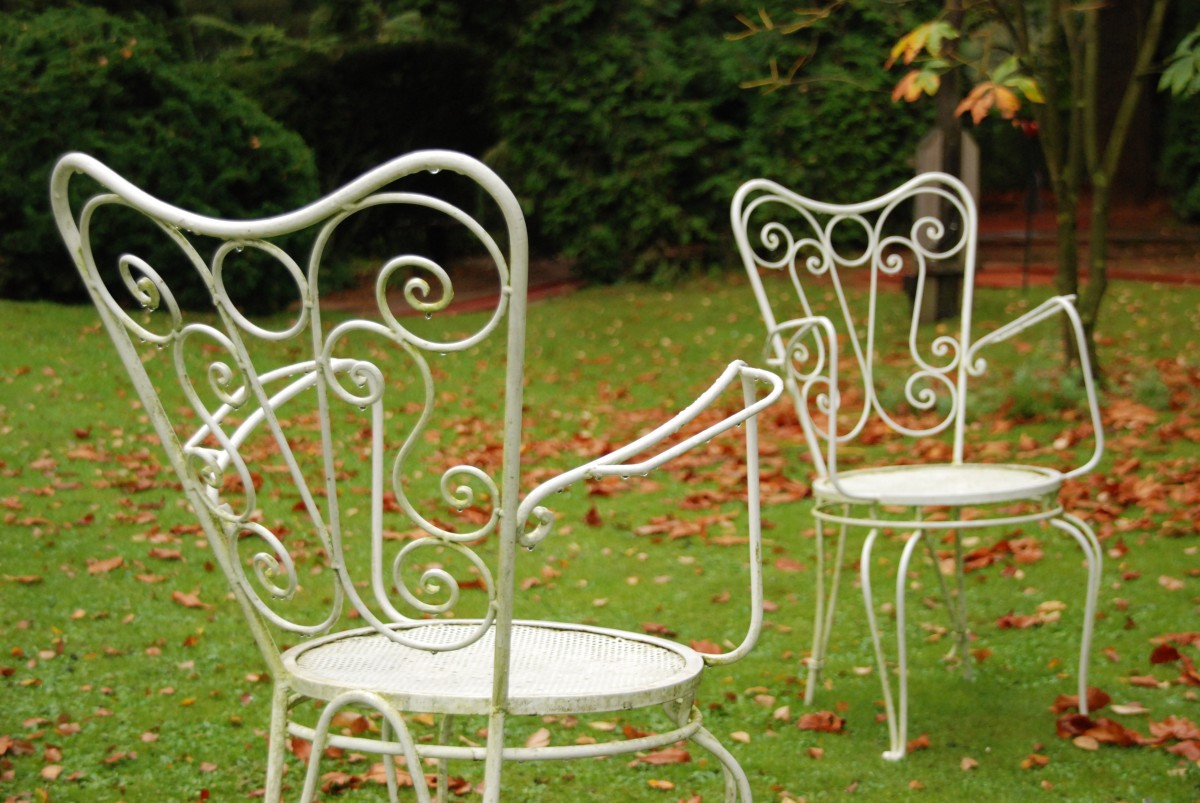
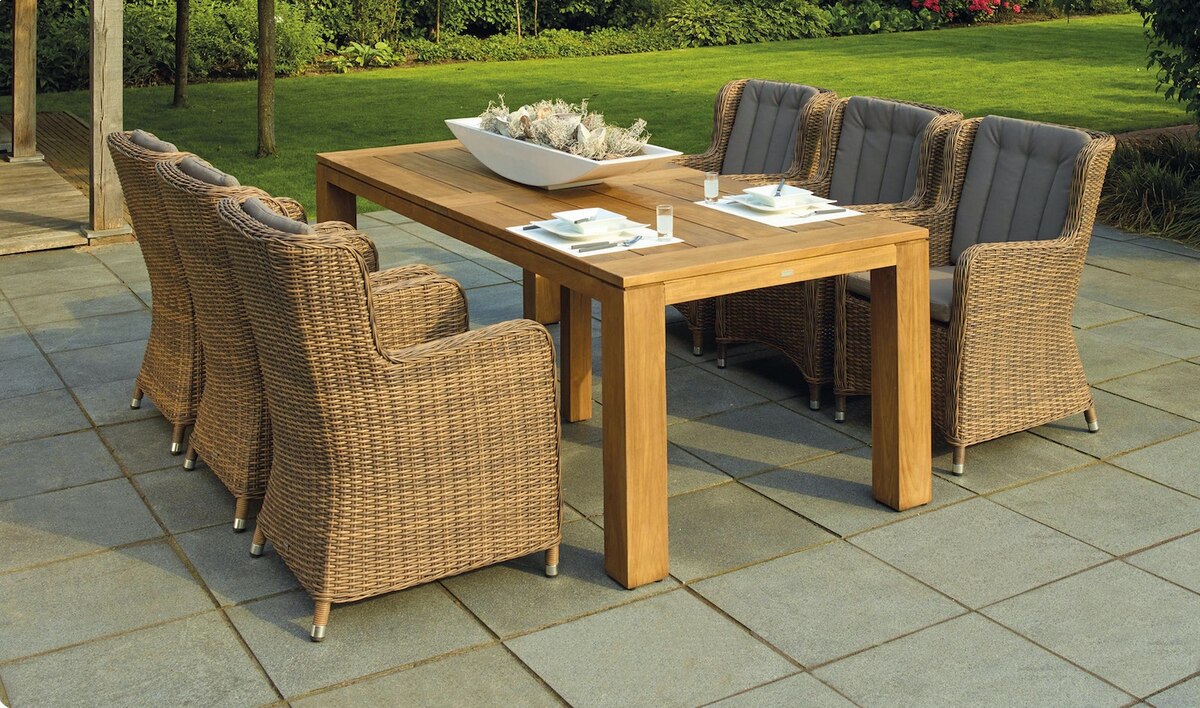
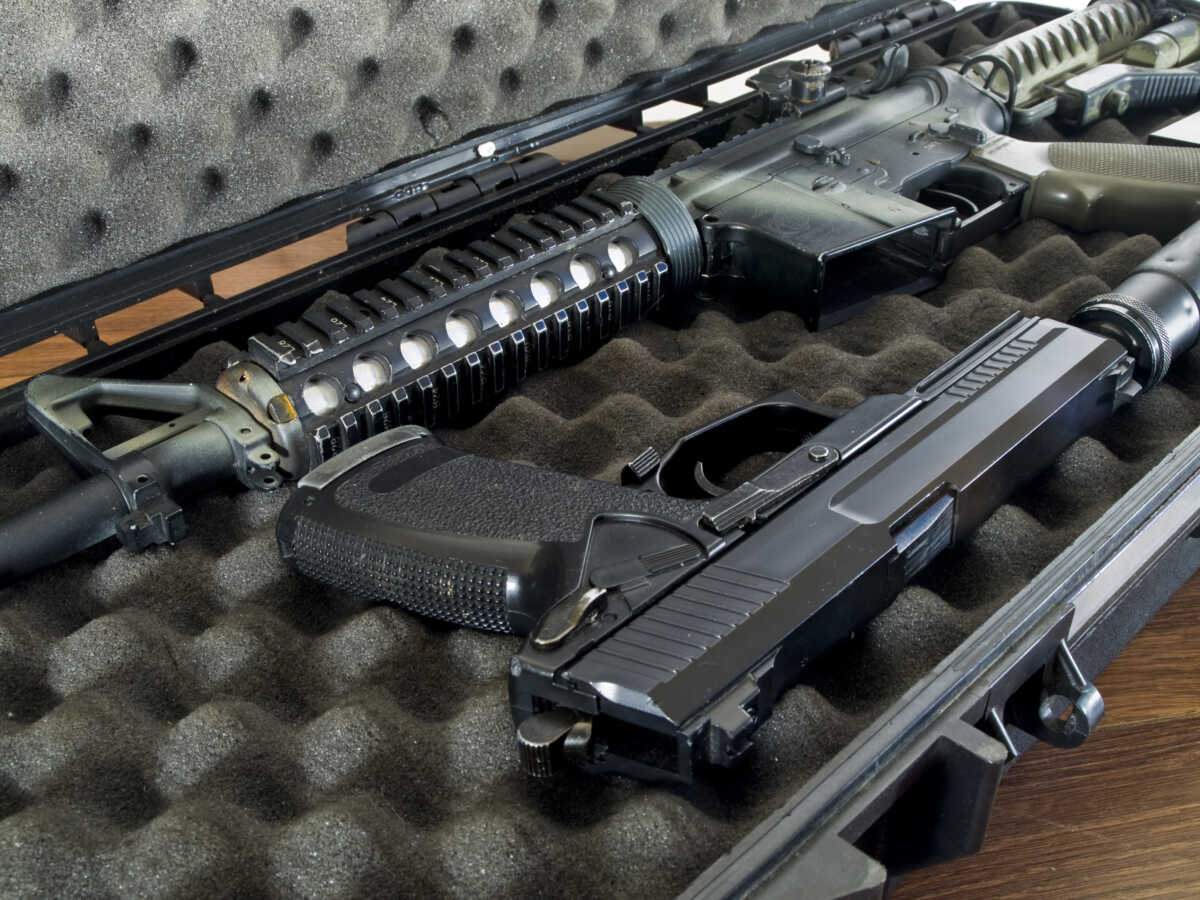
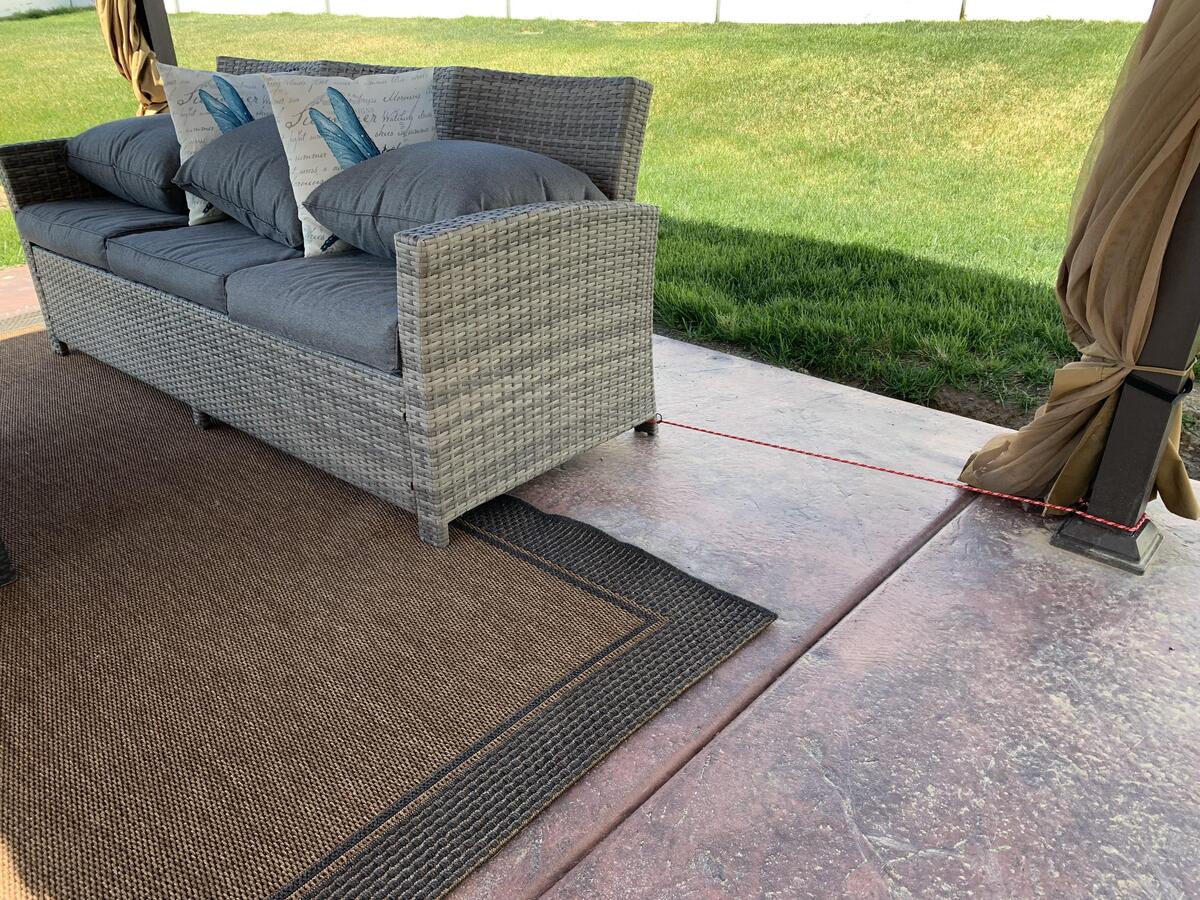
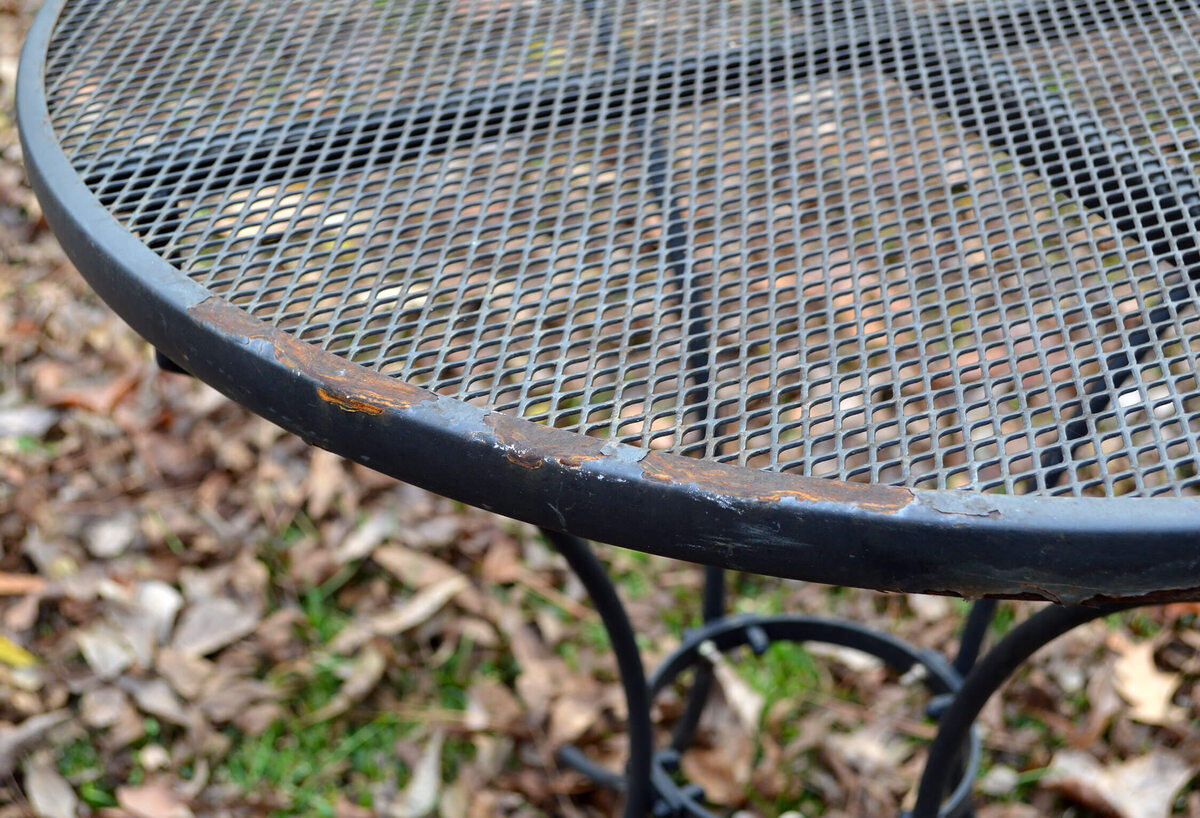

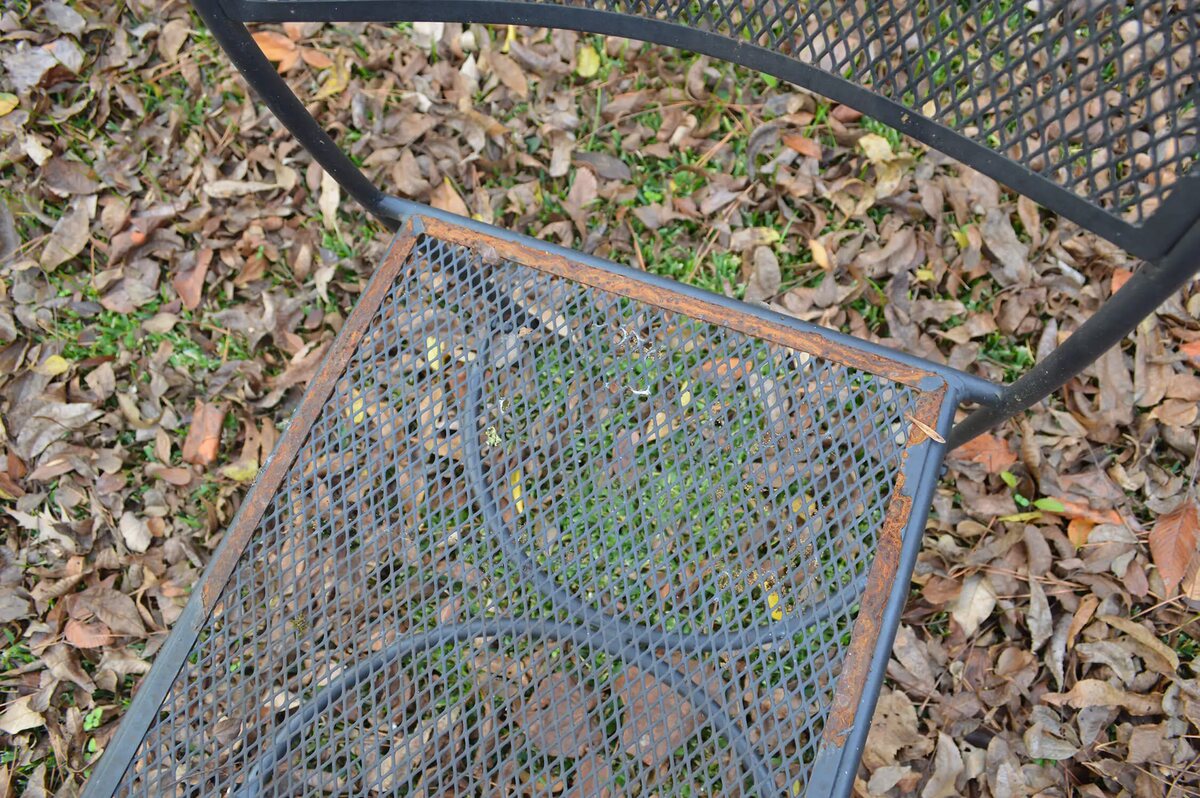
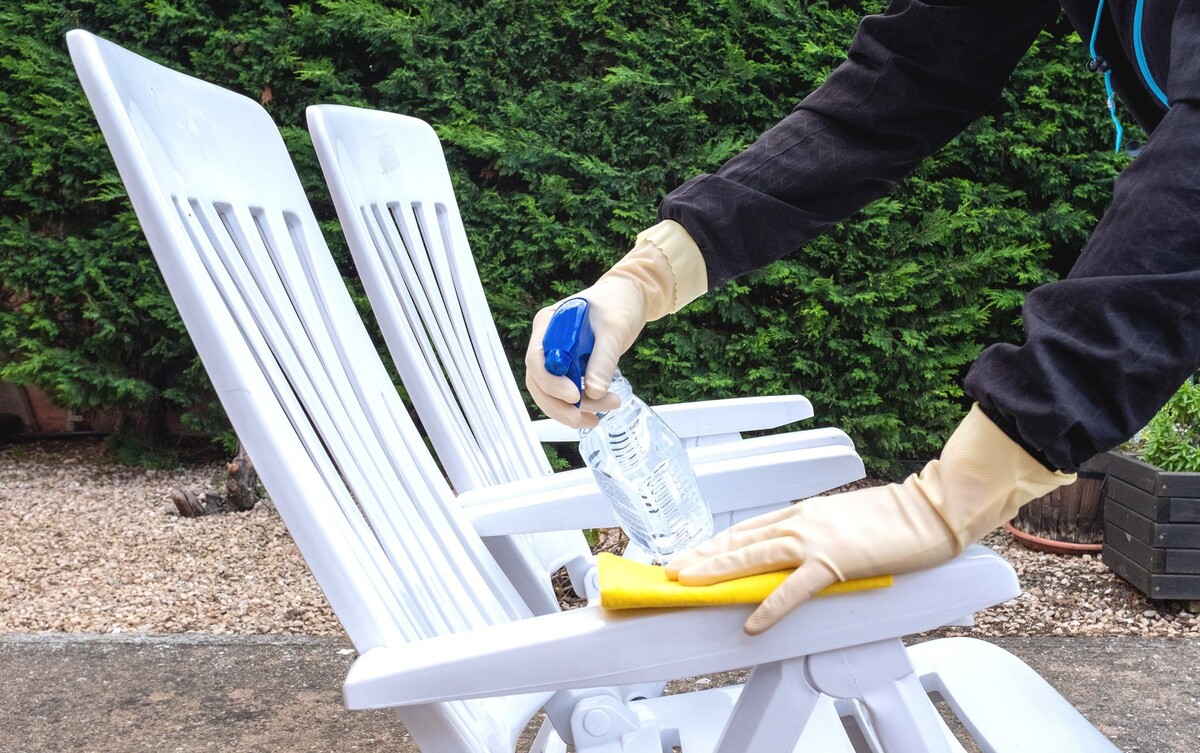
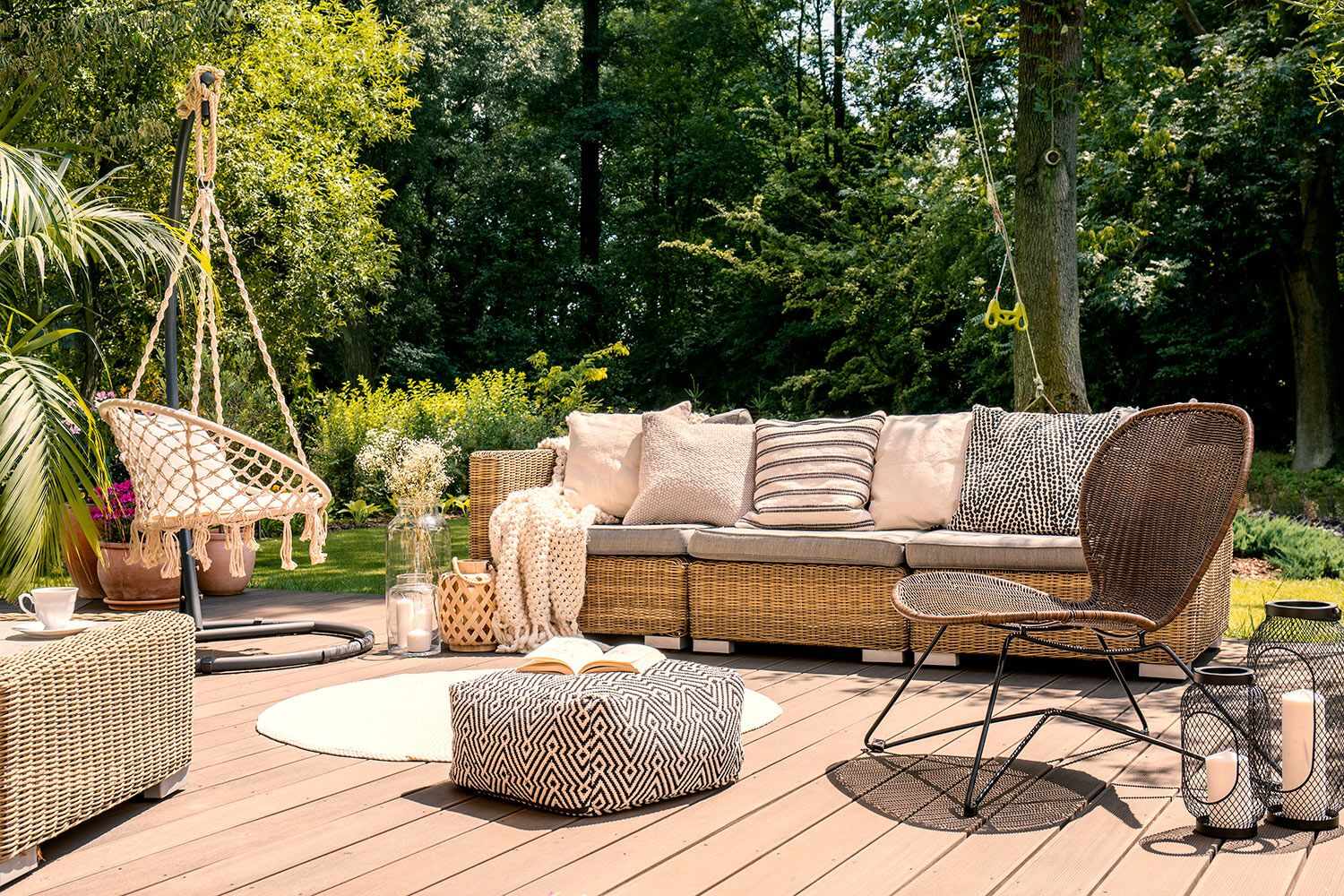
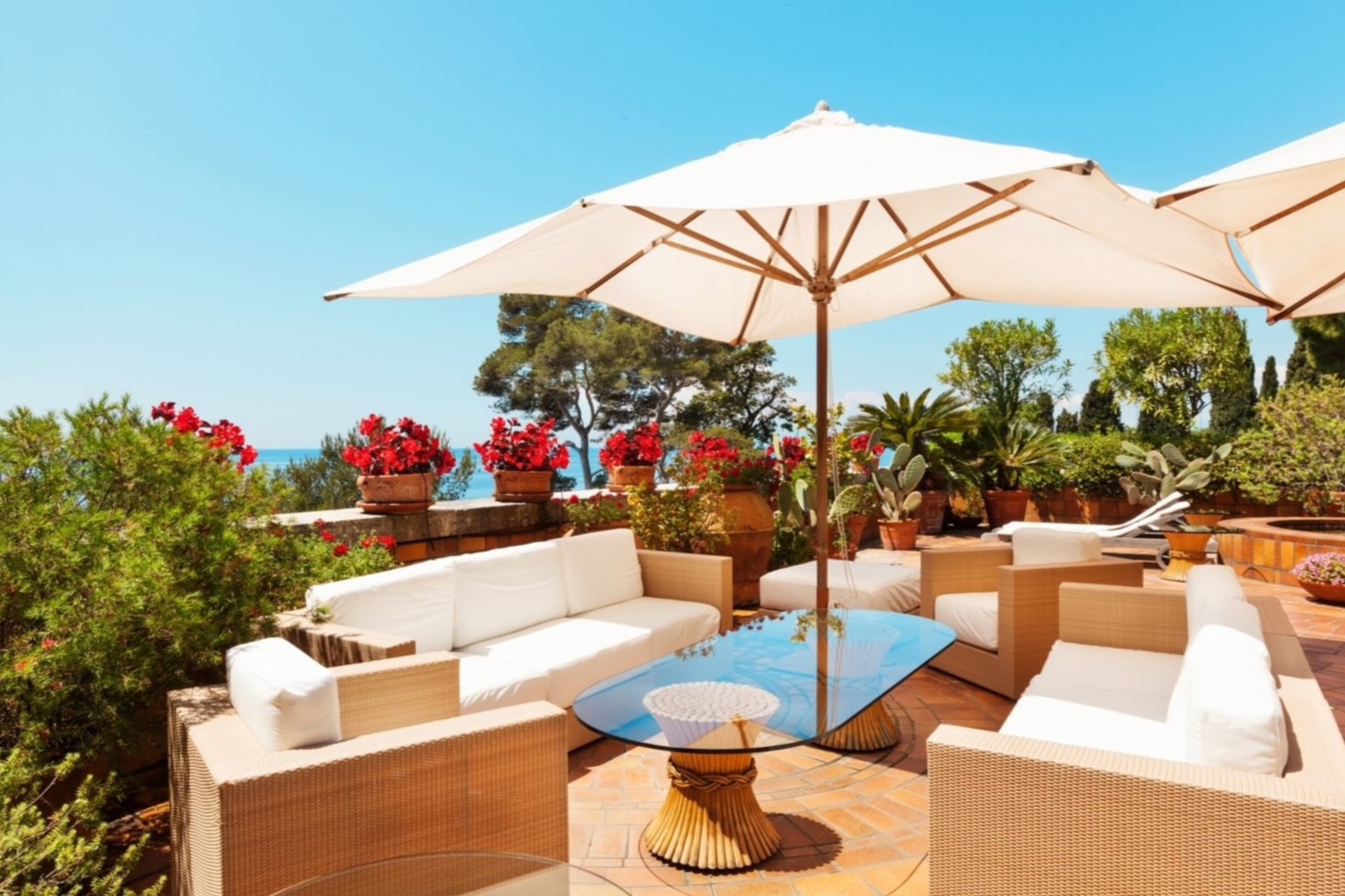
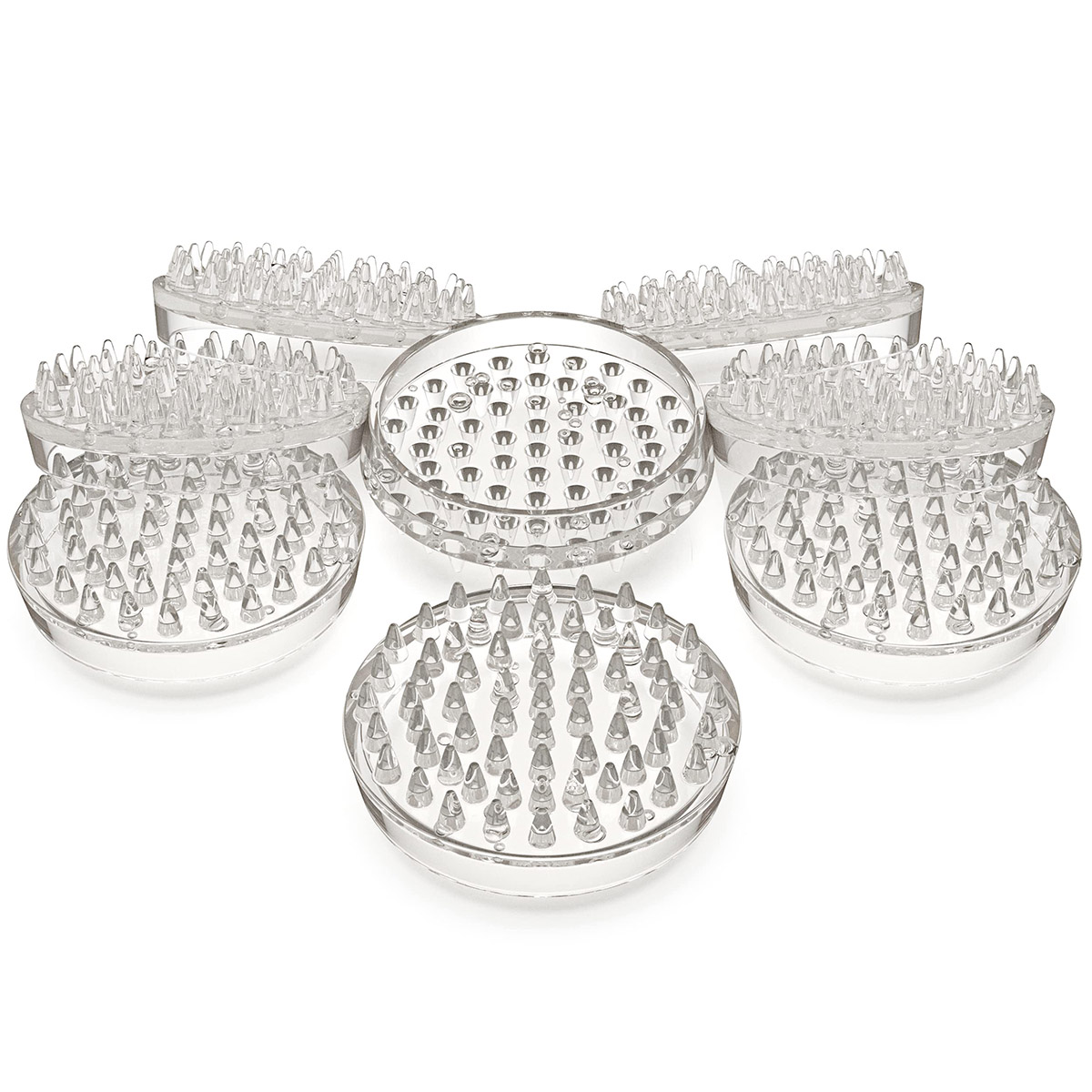
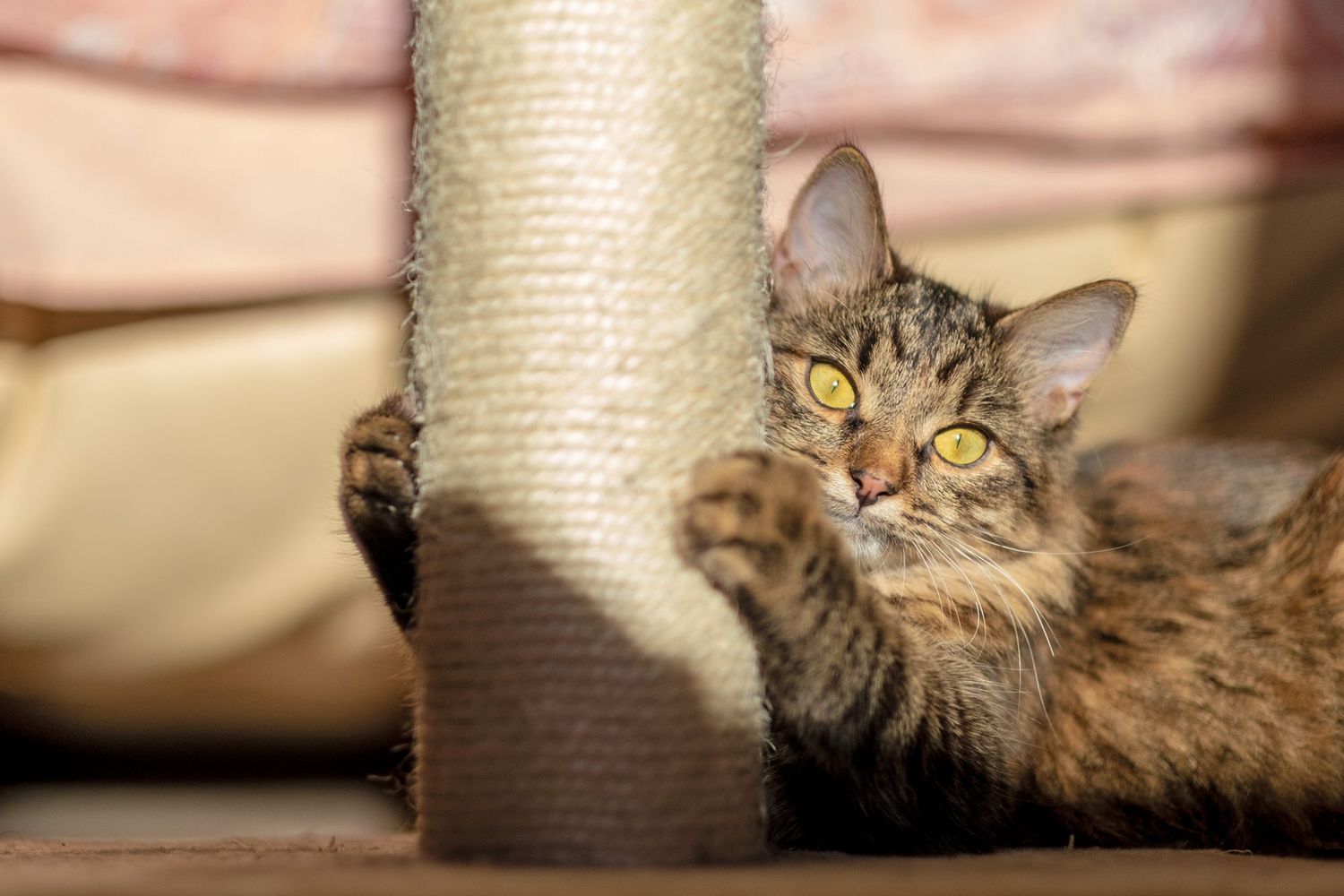
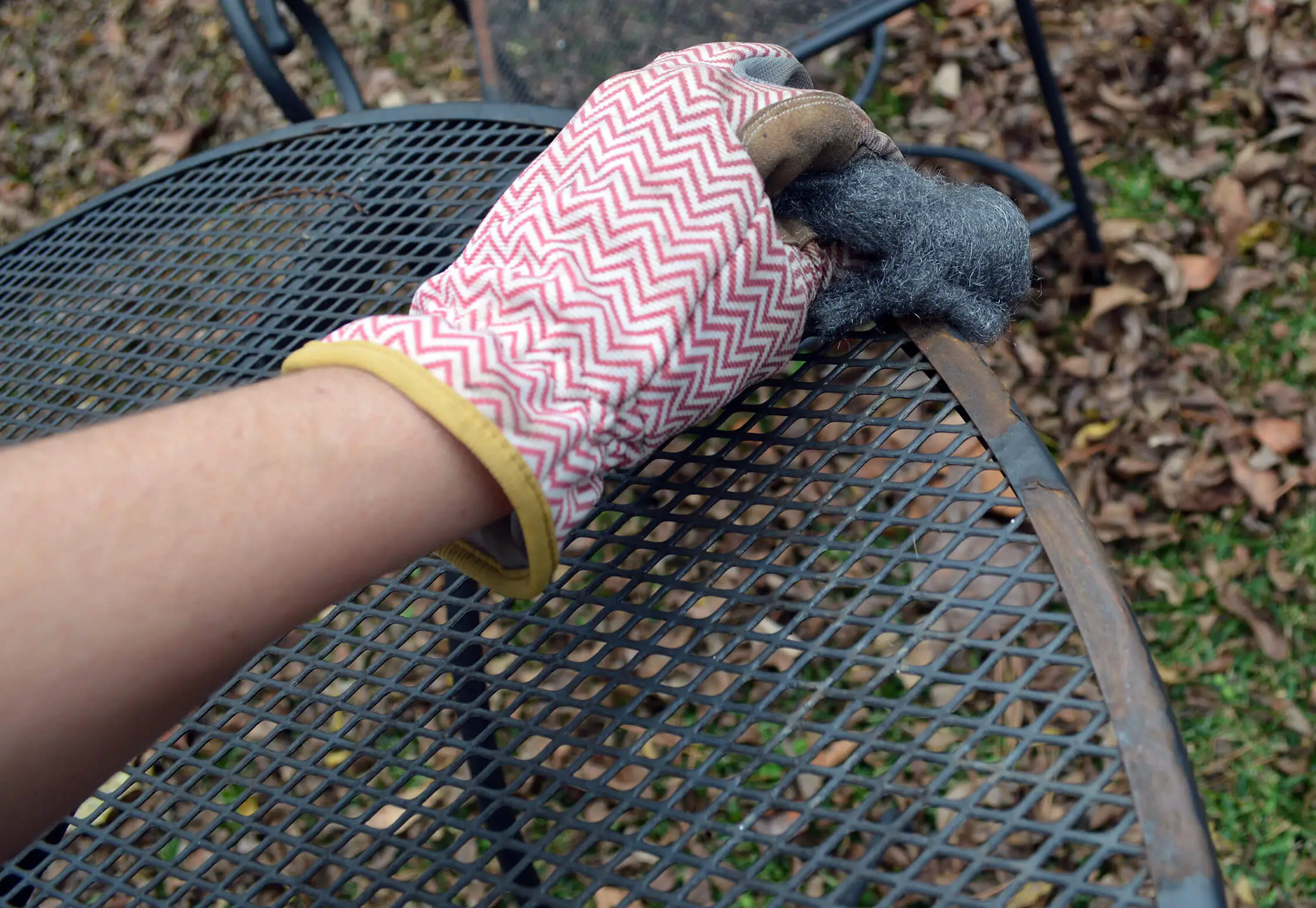


0 thoughts on “How To Prevent Outdoor Furniture From Rusting”